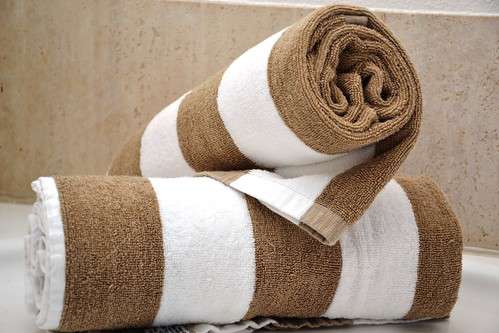
Using spectrophotometers to test the stain-fighting abilities and dye-friendliness of laundry detergents can allow manufacturers to optimize their formulas. Image Source: Unsplash user Charles L.
Laundry detergent manufacturers strive to create products that remove stains while preserving the color of the fabric, often requiring a delicate balance of surfactants, enzymes, and polymers to combine stain-fighting efficacy with dye-friendly formulation. With growing consumer expectations of performance as well as concern for the environmental and economic impact of laundering, detergent manufacturers require reliable, objective testing protocols to evaluate new products now more than ever before. Spectral analysis using spectrophotometers is the ideal solution for testing detergent efficacy and impact to produce optimal results and provide vital information regarding the functionality of formulas. Spectrophotometric testing protocols also allow manufacturers to provide realistic and accurate information to consumers regarding the quality and characteristics of the product as well as developing instructions for use.
The Benefits of Spectrophotometers
Spectrophotometers are designed to see color the way the human eye sees it, only better. Human color perception is limited by biology, influenced by language, and affected by environment. Two people can look at the same object and have different opinions about its color properties. Obtaining reliable color testing information requires laborious and exact sample preparation to ensure a color is being viewed from the same angle, with the same lighting conditions, against the same background, and by the same viewer, and even then there may be color variations that are not perceptible to the human eye or a particular viewer. Spectrophotometric instruments eliminate subjective variables to distill color information into hard data and ensure that samples are analyzed the same way every time. The advanced technologies of today’s spectrophotometers can account for variables such as texture and sheen, making them ideal for analyzing a full range of textiles, from heavily textured cotton terrycloth to delicate, shiny silks.

Removing stains from white cotton while preserving the color of the brown stripes requires careful formulation. Image Source: Flickr user Simon_sees


